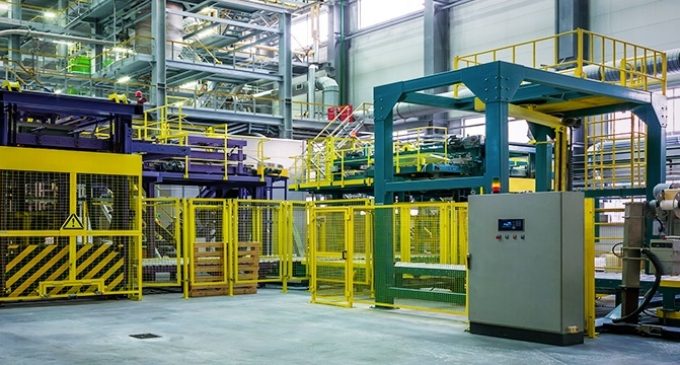Irish manufacturing sector expands for first time in six months

The Irish manufacturing sector posted its first expansion in six months during August, driven by a fresh upturn in new orders. Moreover, the downturn in manufacturing production approached the point of stabilisation signalling a notable improvement from July’s steep rate of decline, according to the AIB Irish Manufacturing PMI for August 2023.
These encouraging trends propelled the most robust hiring amongst firms since February and fostered an improved outlook for future output. Elsewhere, both input costs and output charges continued to fall, albeit at softer rates than those observed in July.
Commenting on the survey results, Oliver Mangan, AIB Chief Economist, said: “The AIB Irish Manufacturing PMI survey for August showed an improvement in business conditions in the sector. The headline index rose to 50.8, up from 47.0 in July and 47.3 in June. This was the first expansion in Irish manufacturing activity since February and is in marked contrast to the trend elsewhere. The flash August Manufacturing PMI readings were very weak in the Eurozone and UK, at 43.7 and 42.5, respectively, while the US index slipped back from 49.0 to 47.0.
 “A pick-up in new orders was a key driver of the improvement in Irish manufacturing in August. They rose for the first time in six months, with particularly strong growth in new export orders, which ended a 14-month sequence of declines. Firms attributed the rebound to better demand conditions. The pick-up in new orders saw manufacturing production move very close to stabilisation during August following a number of months of sharp falls.
“A pick-up in new orders was a key driver of the improvement in Irish manufacturing in August. They rose for the first time in six months, with particularly strong growth in new export orders, which ended a 14-month sequence of declines. Firms attributed the rebound to better demand conditions. The pick-up in new orders saw manufacturing production move very close to stabilisation during August following a number of months of sharp falls.
“Rising orders also resulted in a marked increase in employment. Stocks of finished goods rose too, while inventory levels of inputs were little changed following three months of steep declines. Meantime, confidence about the outlook for the sector in the year ahead rose to its highest level in six months. It will be interesting to see, though, if the expansion in Irish activity in August can be sustained given the ongoing weakness of manufacturing globally.
“Meantime, inflationary pressures continued to ease in the sector. Input prices fell for the fifth consecutive month, driven by falling raw material and energy costs, though the rate of decline slowed. The drop in input costs continued to be passed on in lower factory gate prices, which fell for the fourth month in a row.”


























